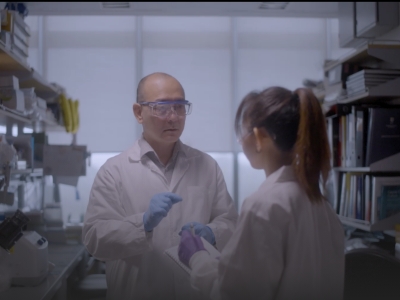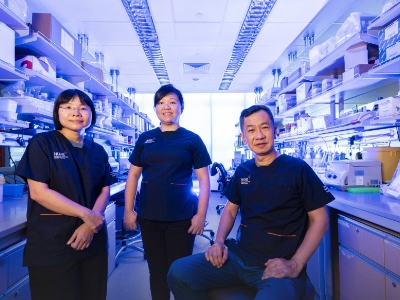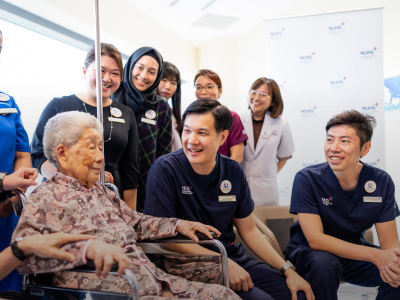Published on 13 February 2023
From early detection to the employment of more effective treatment methods, AI technology is set to push oncology to new frontiers.
Most of us are familiar with Amazon’s Alexa, Apple’s Siri, and even Microsoft’s Cortana. These are the leading ladies of Artificial Intelligence (AI) technology that we have all become acquainted with.
The proliferation of AI has similarly occurred on the medical front – in recent years, researchers and doctors have stepped up their efforts to explore the applications of AI technology across the medical field.
One key area of AI in medicine is oncology. According to the Ministry of Health, cancer has been the leading cause of death among Singaporeans for three consecutive years, from 2018 to 2020. Therefore, it is crucial for Singapore healthcare to harness the power of AI to improve oncology care.
To that end, researchers and medical professionals at National University Health System (NUHS) have been working hand in hand to develop AI technology that can help the department of oncology provide quality care for their patients.
Identifying the at-risk population

One way that the NUHS oncology team effectively taps onto the power of AI is by using it to identify people who are at high-risk of breast cancer.
“In the last 10 years, despite our best efforts, breast cancer screenings in Singapore have only reached 36-37%,” shared Dr Ngiam Kee Yuan, Group Chief Technology Officer at NUHS, Head & Senior Consultant, Division of General Surgery (Endocrine & Thyroid Surgery), Department of Surgery, National University Hospital (NUH), and Senior Consultant, Division of Surgical Oncology, National University Cancer Institute, Singapore (NCIS).
“However, according to international guidelines, for screenings to be successful, a 70% screening rate is required. But we’re only halfway there. We hope to enrich the population by identifying those who are at a higher risk through AI technology and subsequently, screening them through mammograms.”
While health promotion efforts in the last decade have marginally increased breast cancer screening rates among Singaporeans, more progress needs to be made. Dr Ngiam acknowledged that there were various reasons that could possibly contribute to this slow shift, such as the conservative mindsets of Singaporeans, and financial constraints.
“Mammogram is not something women would gladly go for because of the pain and discomfort,” Dr Ngiam added. “Furthermore, it’s recommended that women do mammograms annually. Not many women can keep up with that.
“So, instead of trying to get women of eligible age to go for screening, we’re taking a different approach by using AI to identify those in the population who are at higher risk of cancer, and advising them to go for a mammogram.”
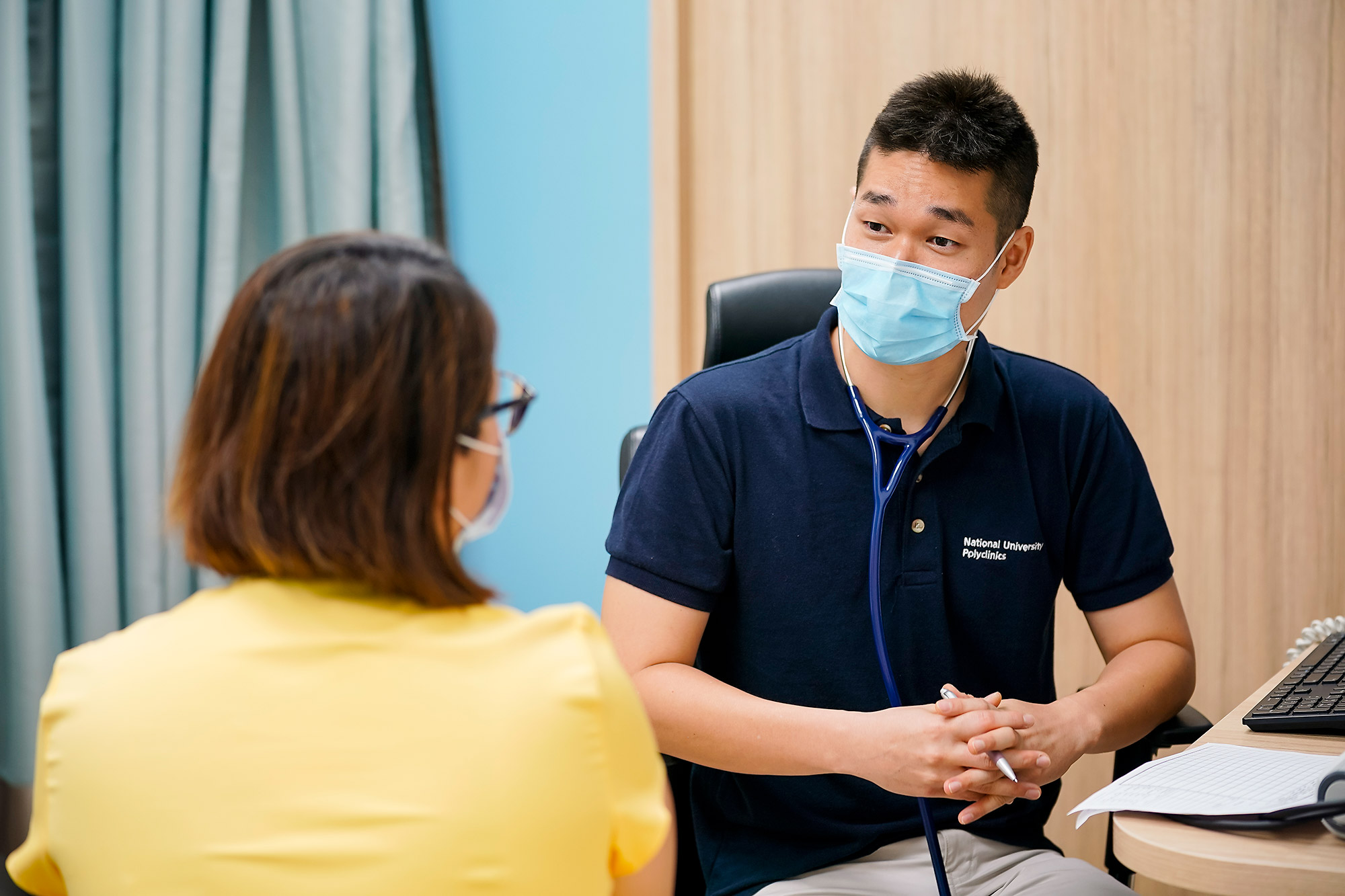
The AI tool designed by the team at NUHS identifies patients with higher risk of cancer by reading the history and case notes recorded by the doctors. Based on historical patient data collected over the last decade, the AI tool then makes predictions of diagnoses in real-time, and will alert the doctor immediately if it picks up any risk factors that could suggest the possibility of breast cancer.
The doctor could then refer these patients – who may have initially come for a consultation on a separate condition – for a mammogram or specialist treatment.
Early detection of breast cancer
With aggressive cancers that progress with time, early detection is key to survival. However, patients tend to seek medical help only when they have symptoms.
“With the AI tool, we were able to identify that it takes approximately nine months to a year between identifying a high-risk patient, and the eventual cancer diagnosis. This is the capability of AI in incorporating multi-domain patient information to make predictions,” said Dr Ngiam.
This knowledge gives medical professionals leverage in detecting cancer at its earliest stage, even before patients show any signs of cancer.
Dr Ngiam elaborated, “The aim for us is to go one step ahead and pick up on more stage one cancers, or even before the patient has cancer, instead of diagnosing them only at the later stages of the illness.”
Even if high-risk patients show no signs of cancer after a mammogram, further conclusive tests can be done to predict the likelihood of cancer in the future. This includes genetic tests to glean further medical insight.
Identifying effective treatment methods
The traditional course of cancer treatments takes after a standard approach that closely follows pre-established guidelines. “Guideline-based treatments don’t take into account a patient’s preference or genetic make. These are nuances that are not captured in treatments that follow guidelines,” Dr Ngiam said.
When the use of AI technology encompasses not only the patient’s data, but also overall data from an entire population, it can more effectively map the course of treatments tailored to the specific needs of every patient. This, in turn, increases the probability of successful treatment outcomes.
The road ahead
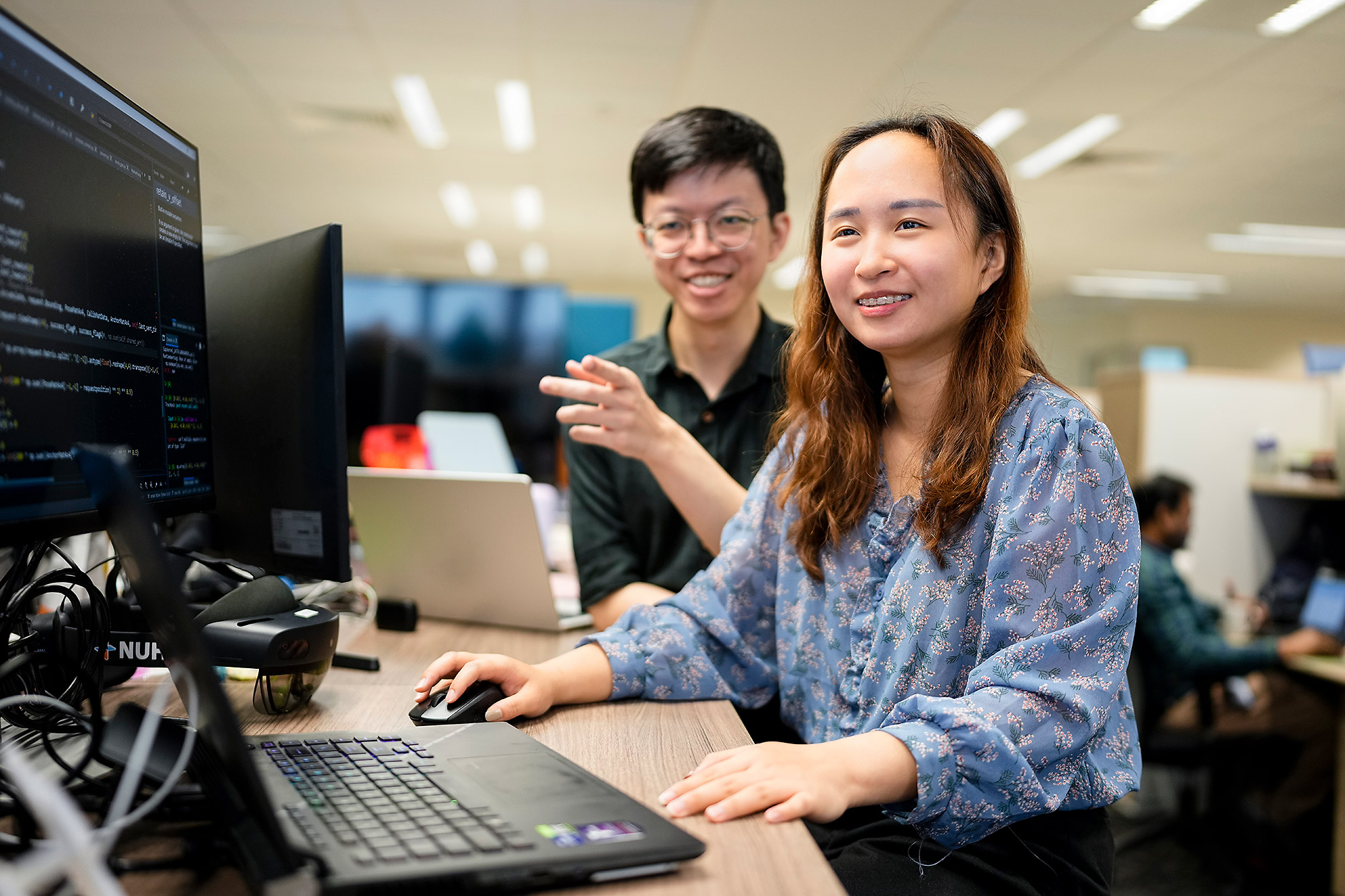
With AI technology proving its viability and worth in the area of oncology, the next two years will see the technology being trialled to further assess its effectiveness. With so much potential, it is likely that in the near future, AI will become just as prevalent a presence in cancer treatment as it is in our homes and lives.
In consultation with Dr Ngiam Kee Yuan, Group Chief Technology Officer, NUHS, Head & Senior Consultant, Division of General Surgery (Endocrine & Thyroid Surgery), Department of Surgery, NUH and Senior Consultant, Division of Surgical Oncology, NCIS.

